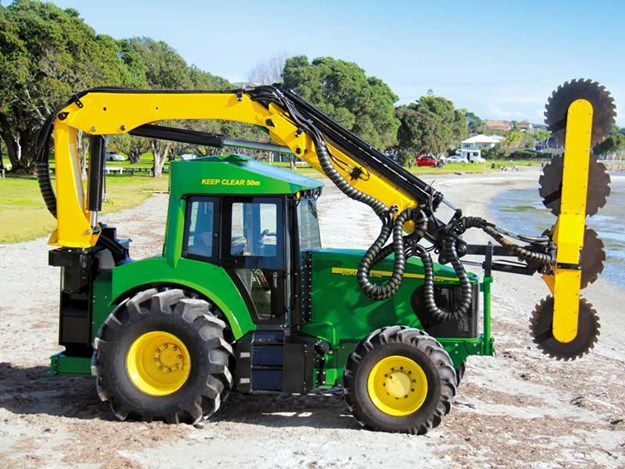




 1
1




 2
2




 3
3








Invasive plants are Earth's way of insisting we notice her medicines. Stephen Herrod Buhner
Everyone learns what works by learning what doesn't work. Stephen Herrod Buhner
 3
3




"The best fertilizer is the gardener's shadow"
Anonymous Agrarian Blog
 3
3




Nails are sold by the pound, that makes sense.
Soluna Garden Farm -- Flower CSA -- plants, and cut flowers at our Boston Public Market location, Boston, Massachusetts.
 1
1




This is all just my opinion based on a flawed memory

 2
2




 1
1





 1
1








I'm only 64! That's not to old to learn to be a permie, right?




Kena Landry wrote:Have you ever seen anything like it? It's the same for hundreds of trees, and I have a hard time believing any of them can recover from that.
Could that be a valid and deliberate technique to stunt growth?






 2
2




I'm only 64! That's not to old to learn to be a permie, right?

|
If we don't do the shopping, we won't have anything for dinner. And I've invited this tiny ad:
GAMCOD 2025: 200 square feet; Zero degrees F or colder; calories cheap and easy
https://permies.com/wiki/270034/GAMCOD-square-feet-degrees-colder
|

